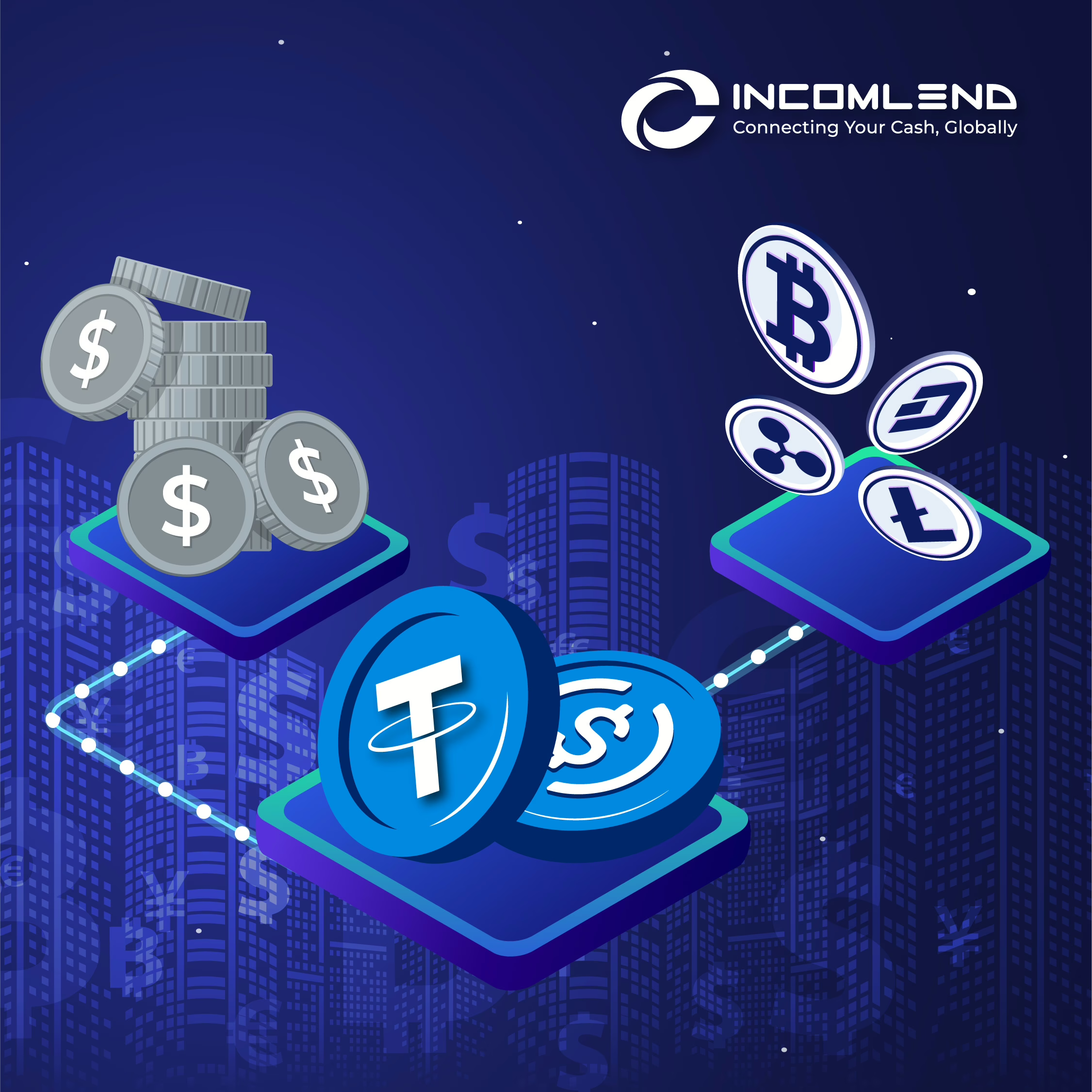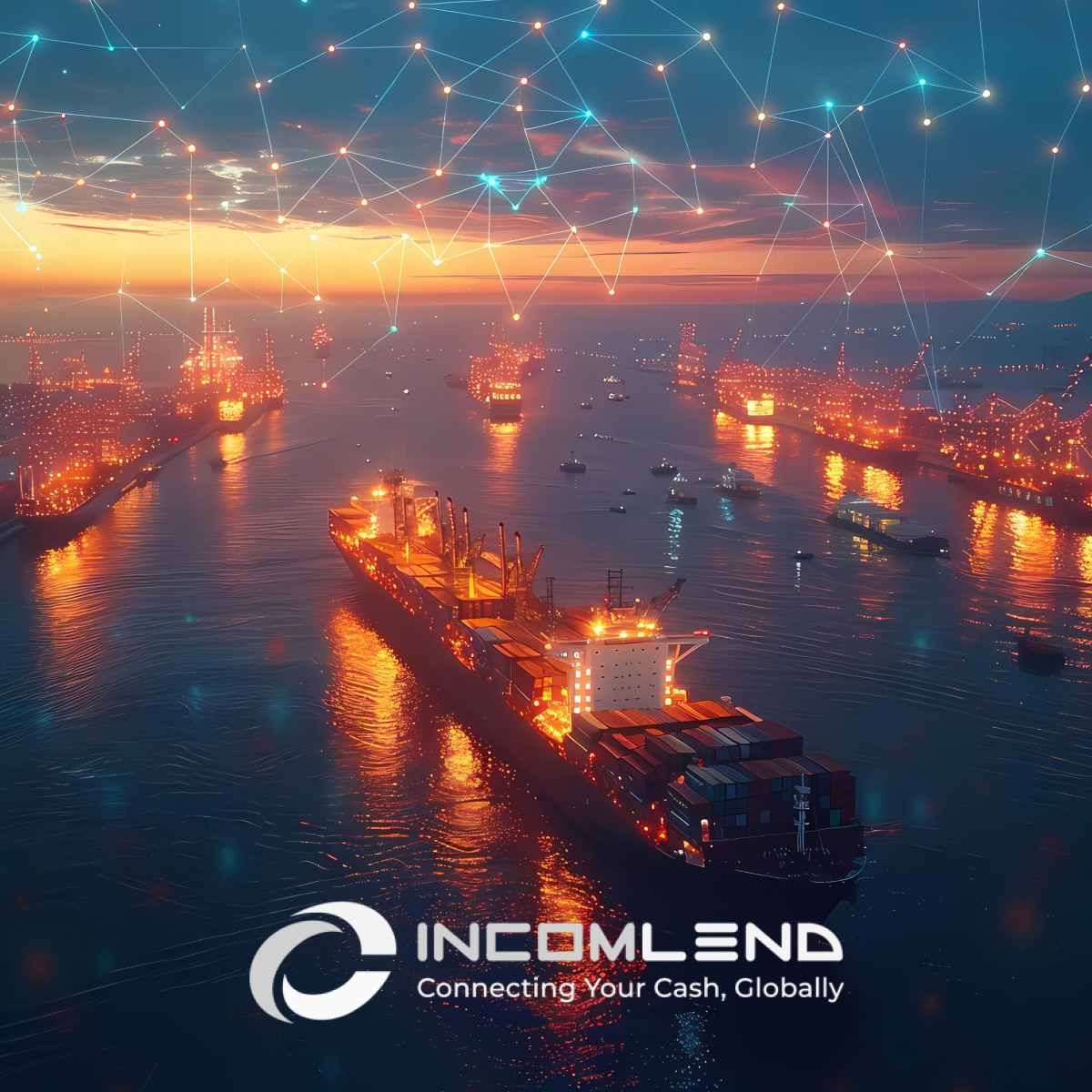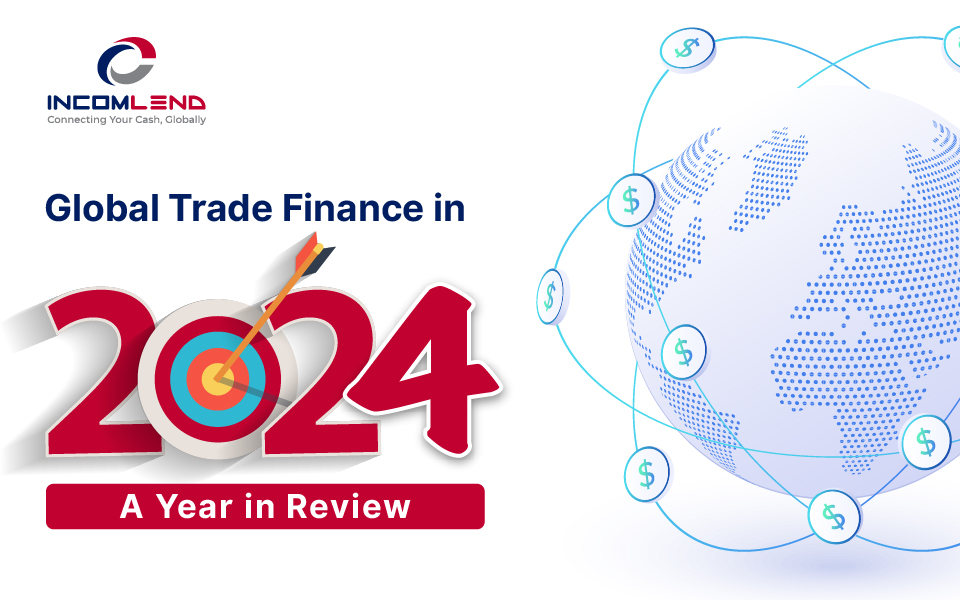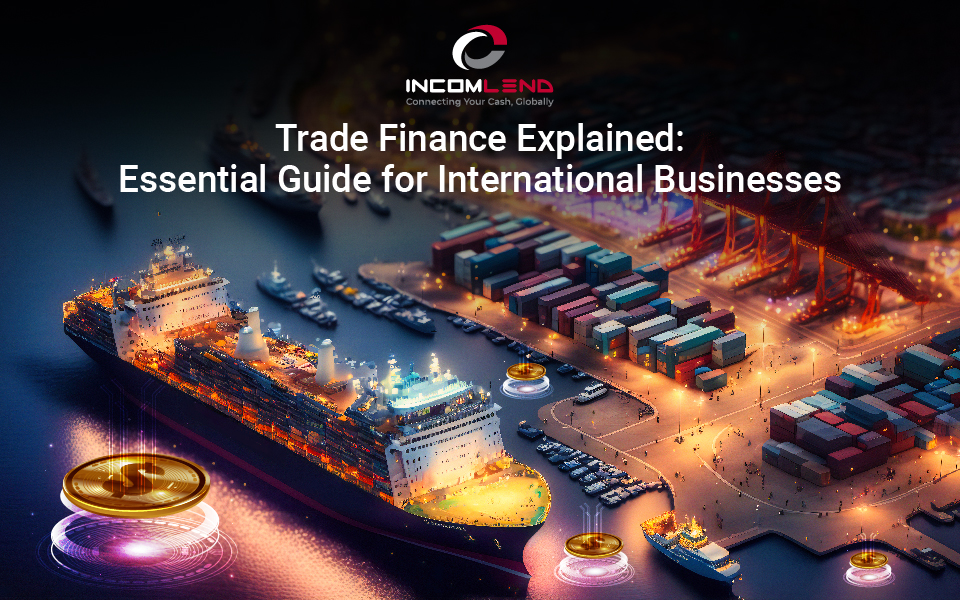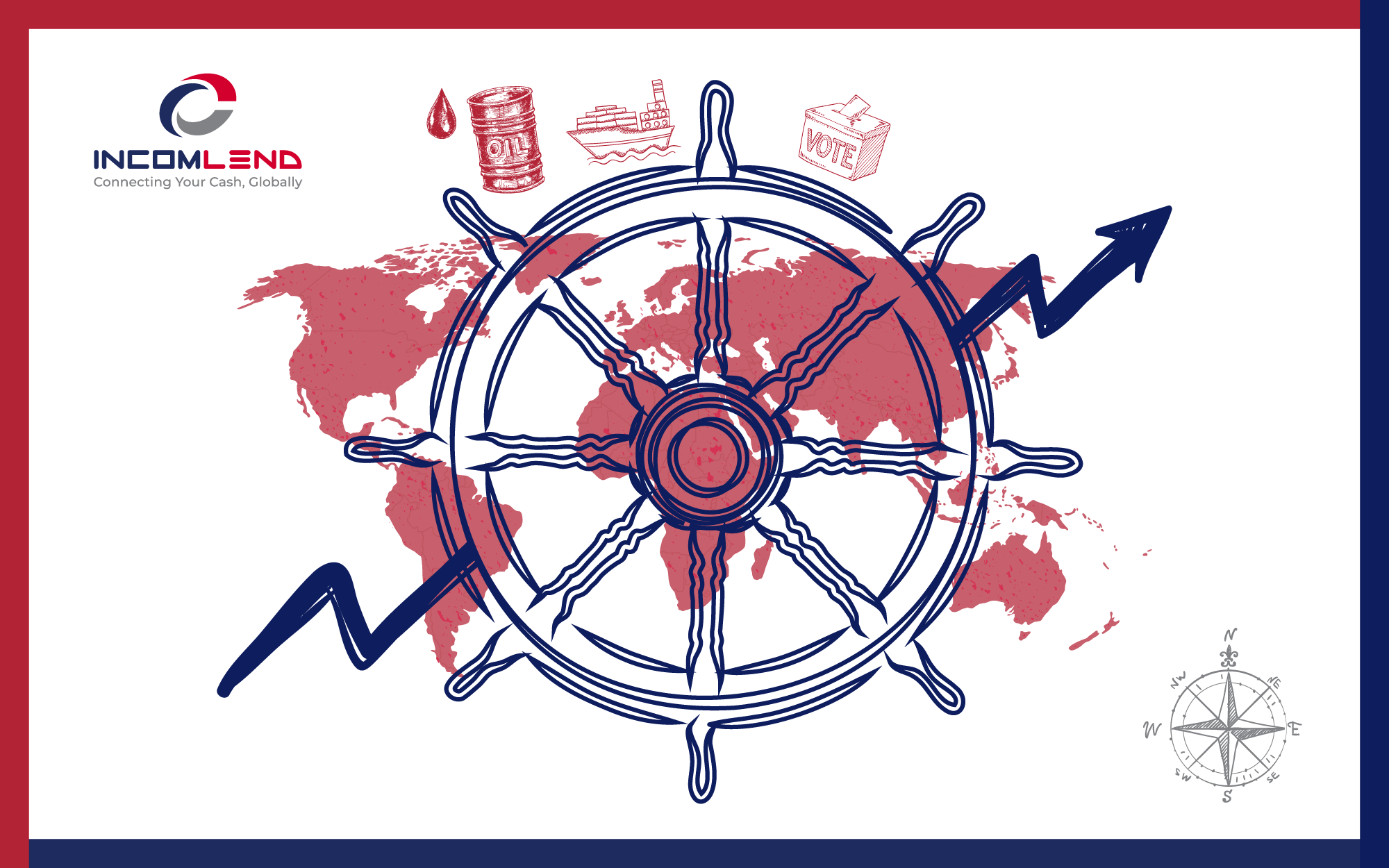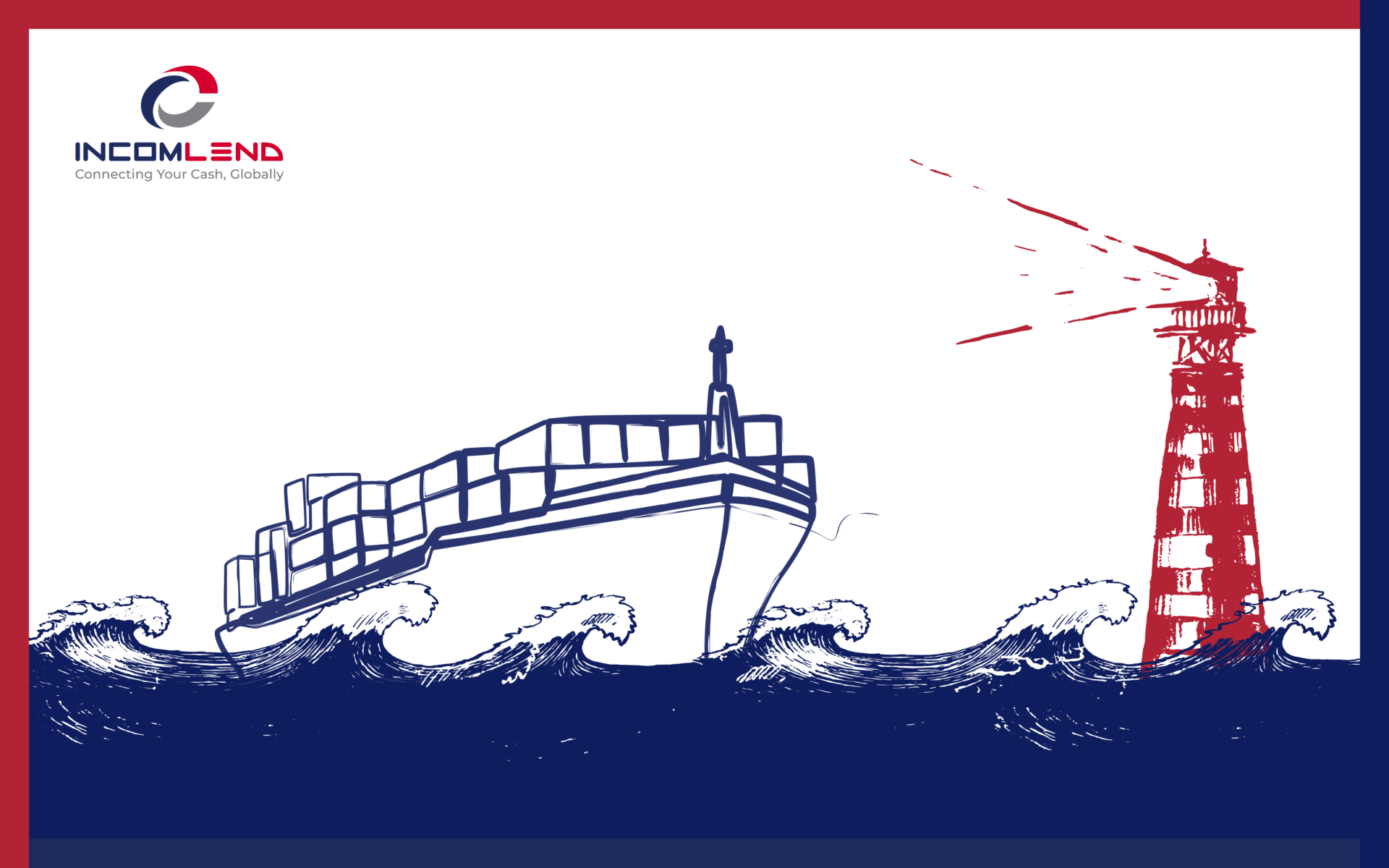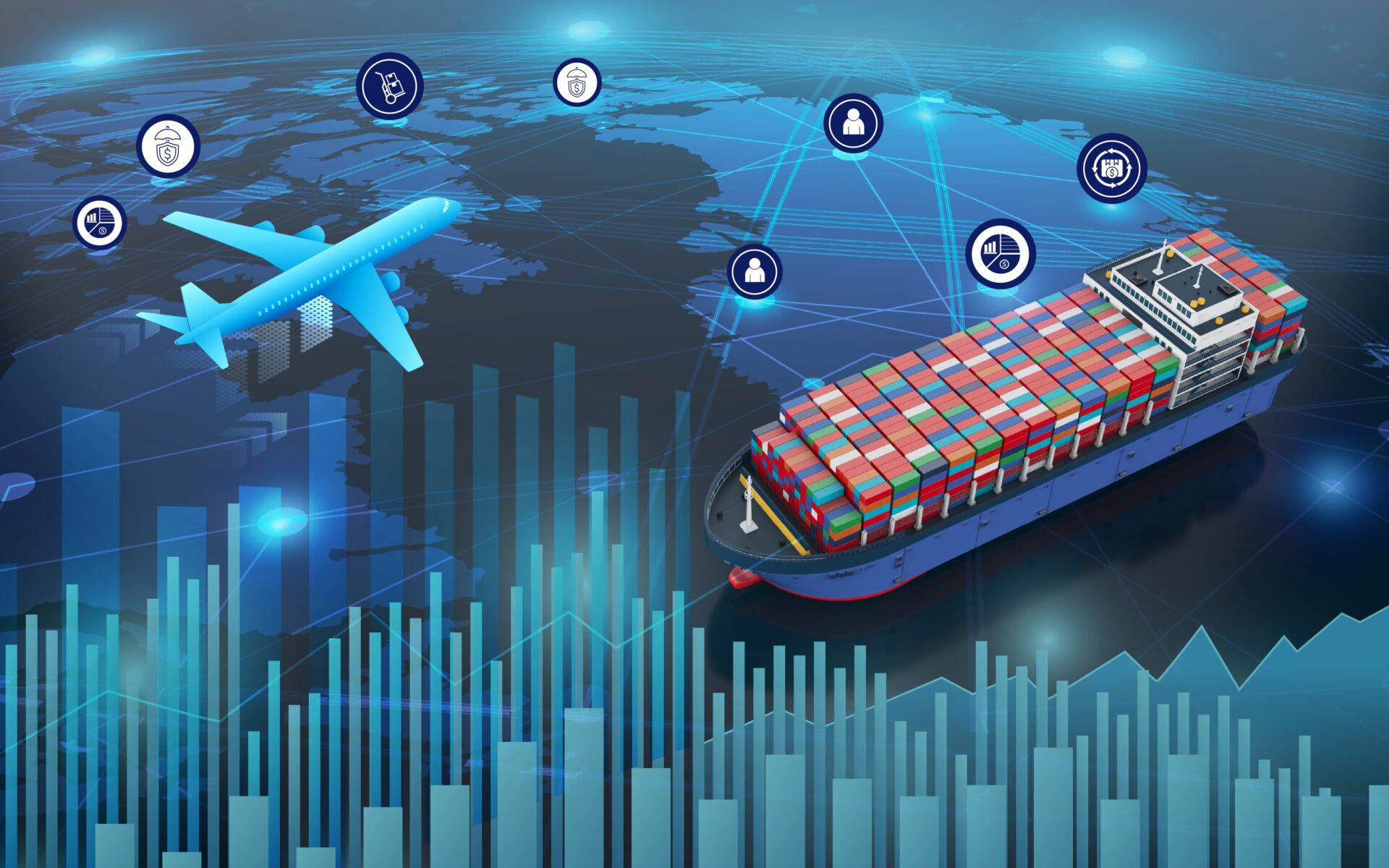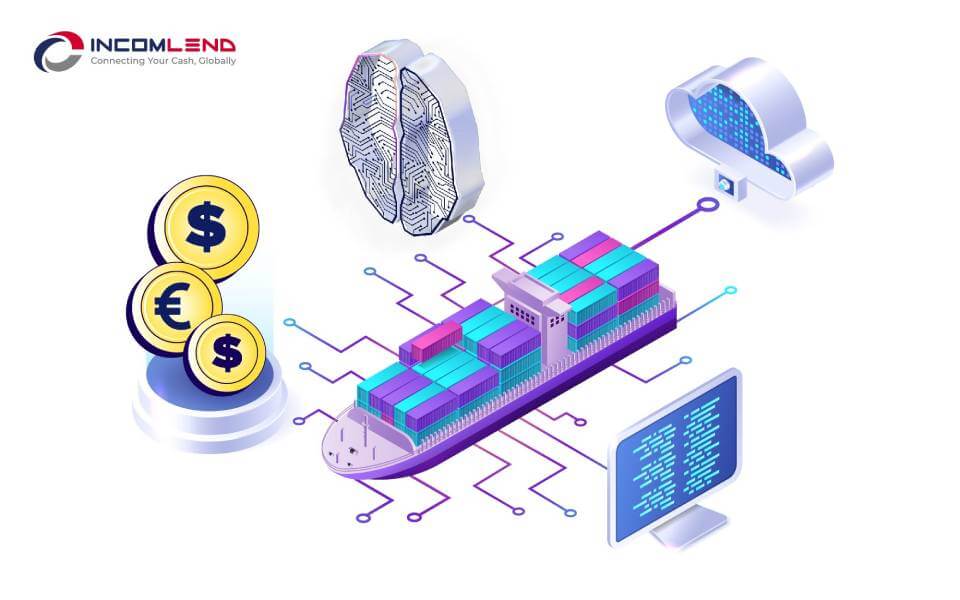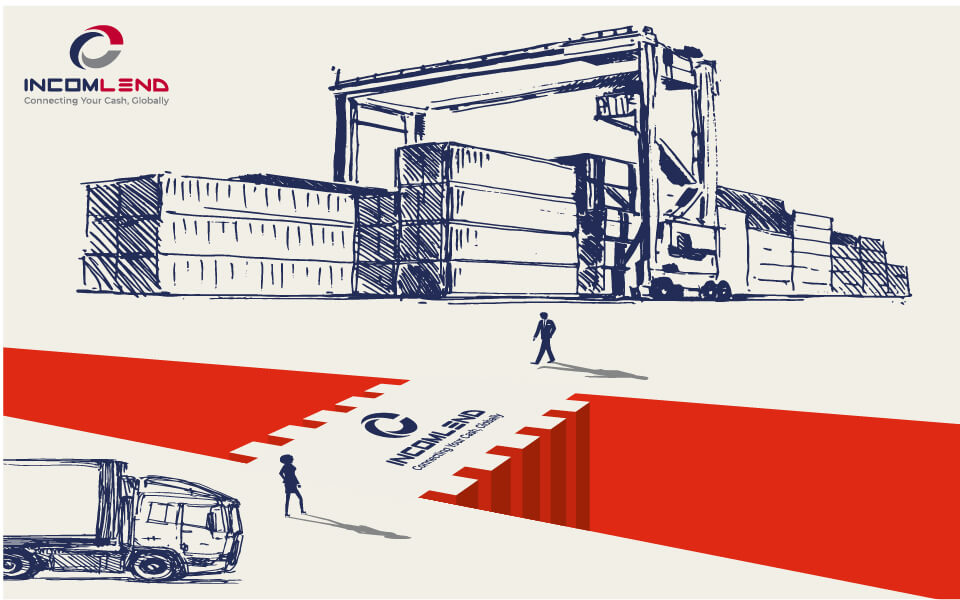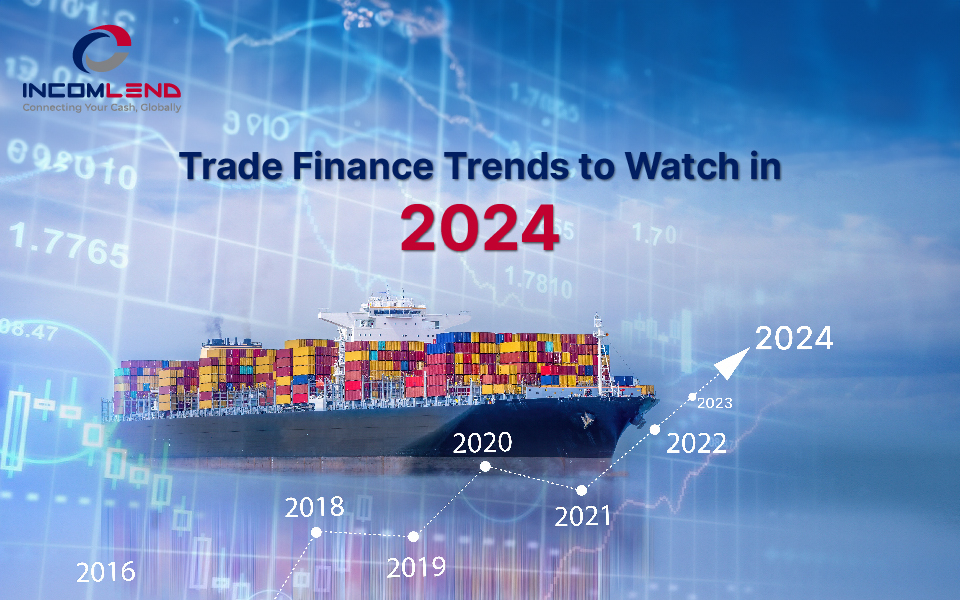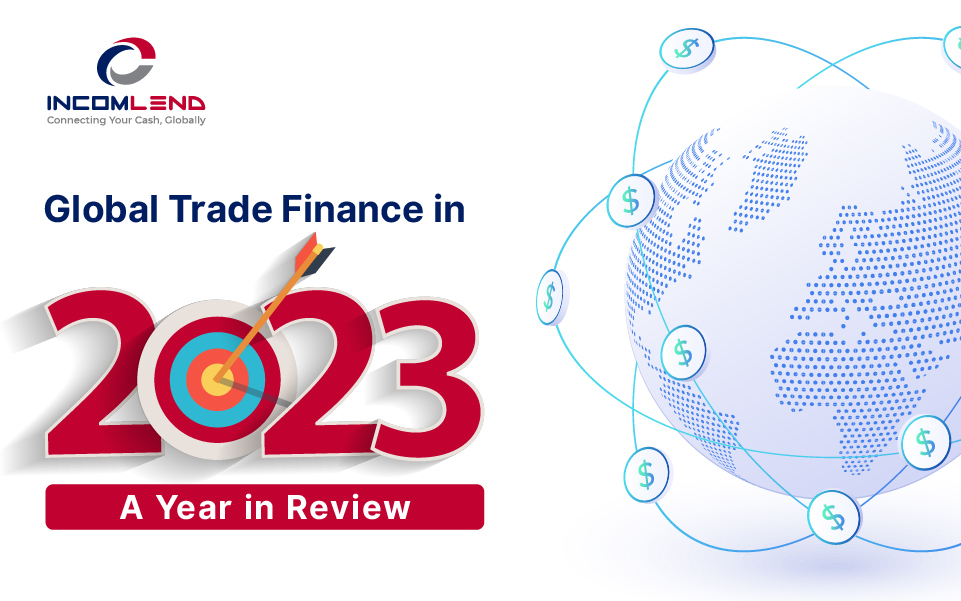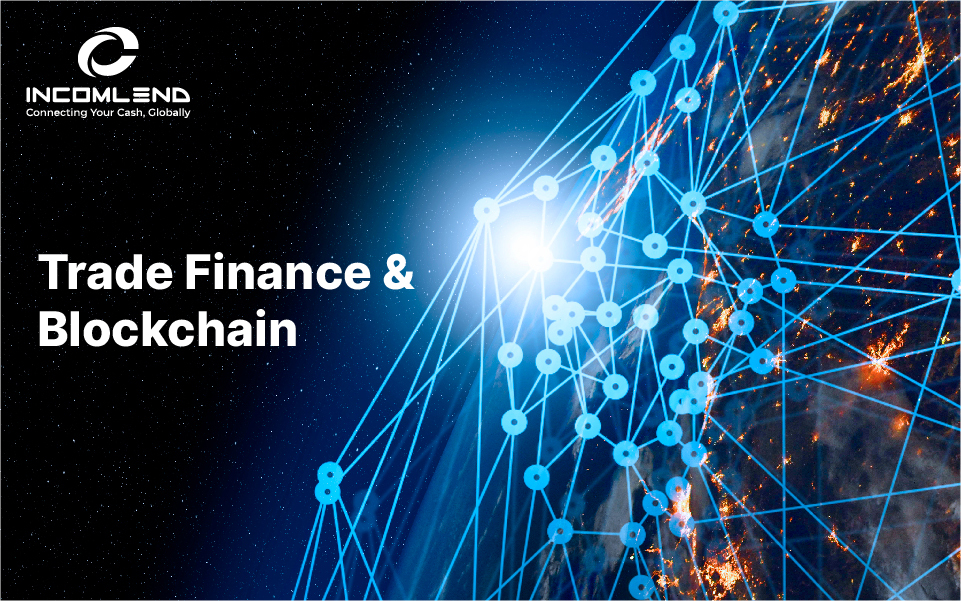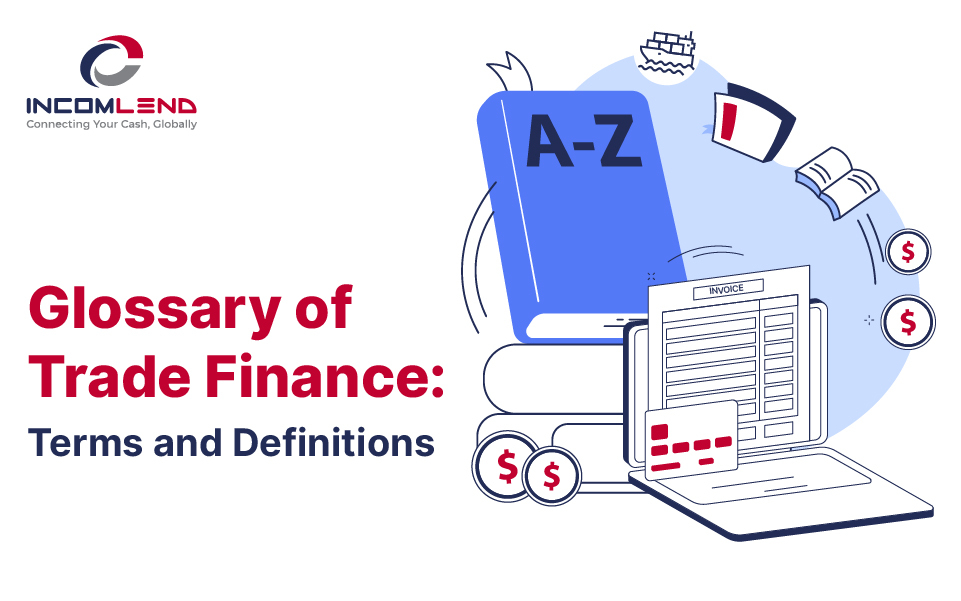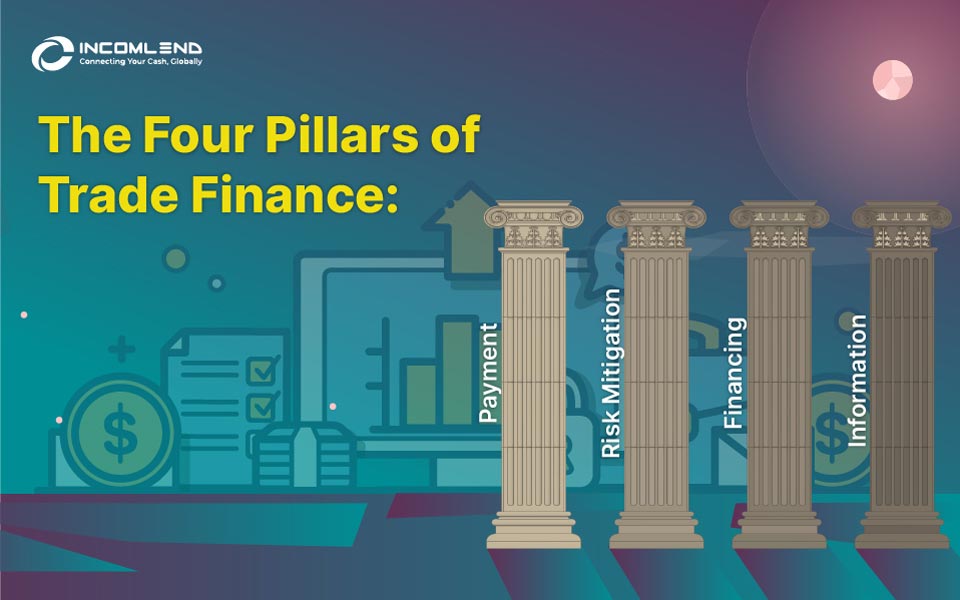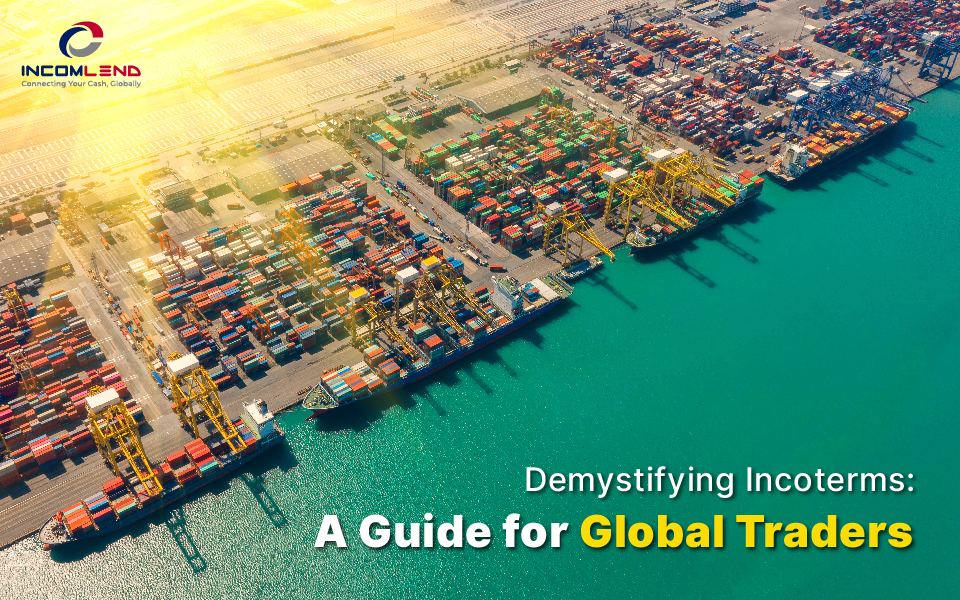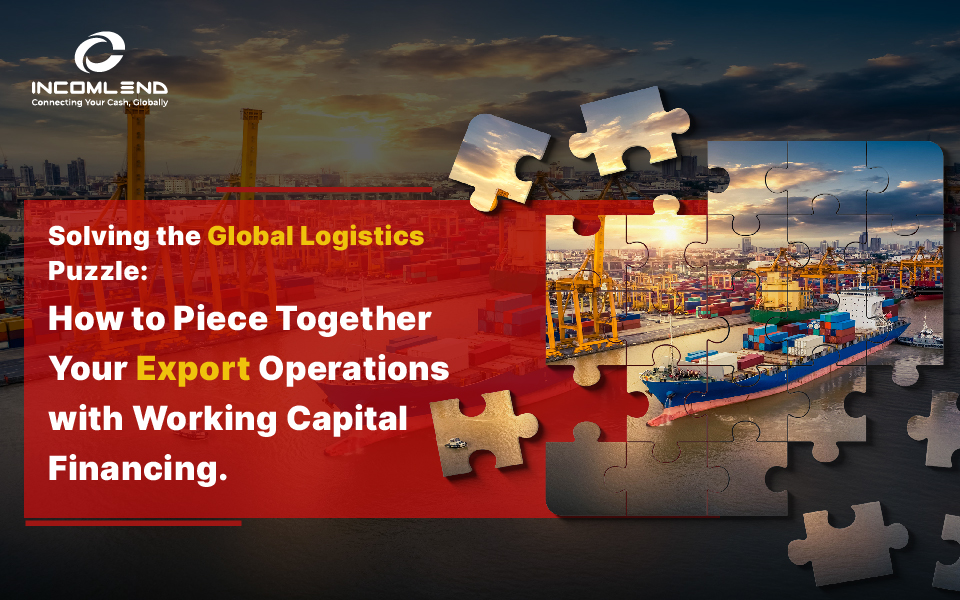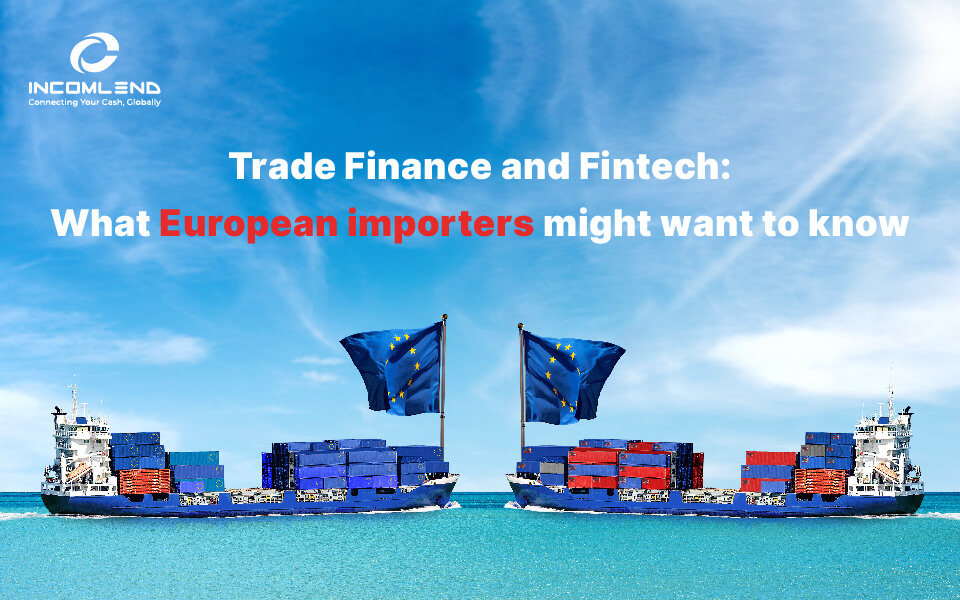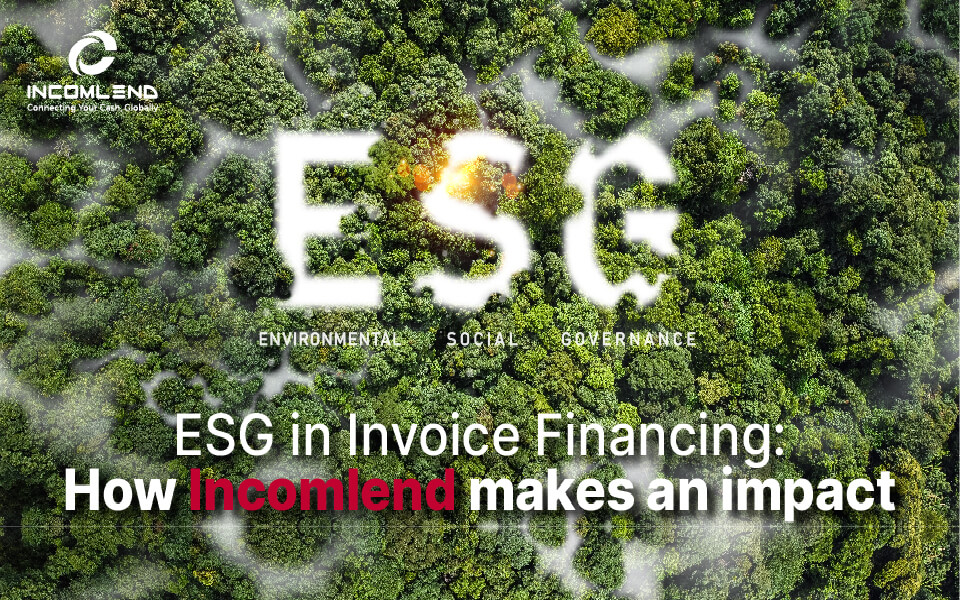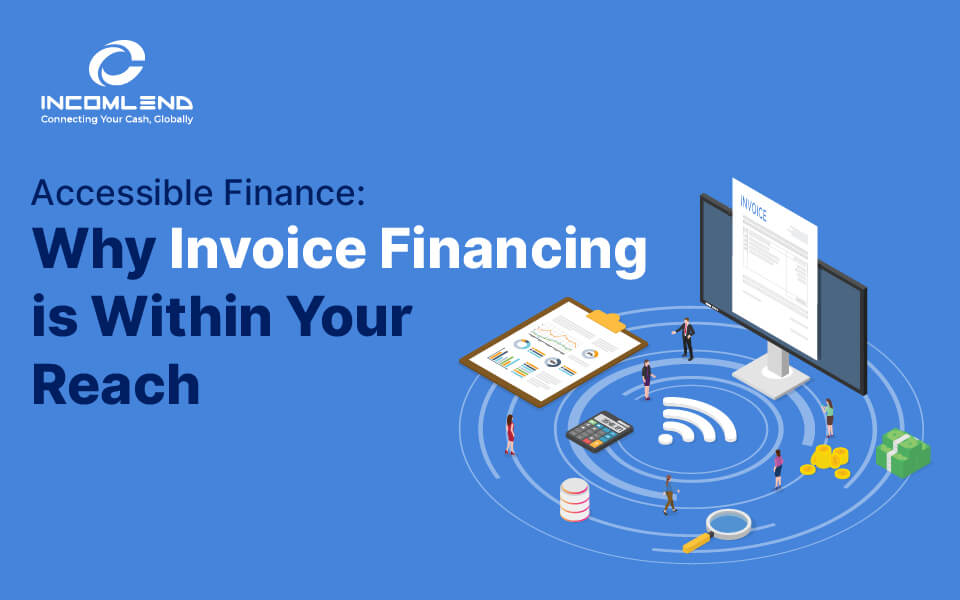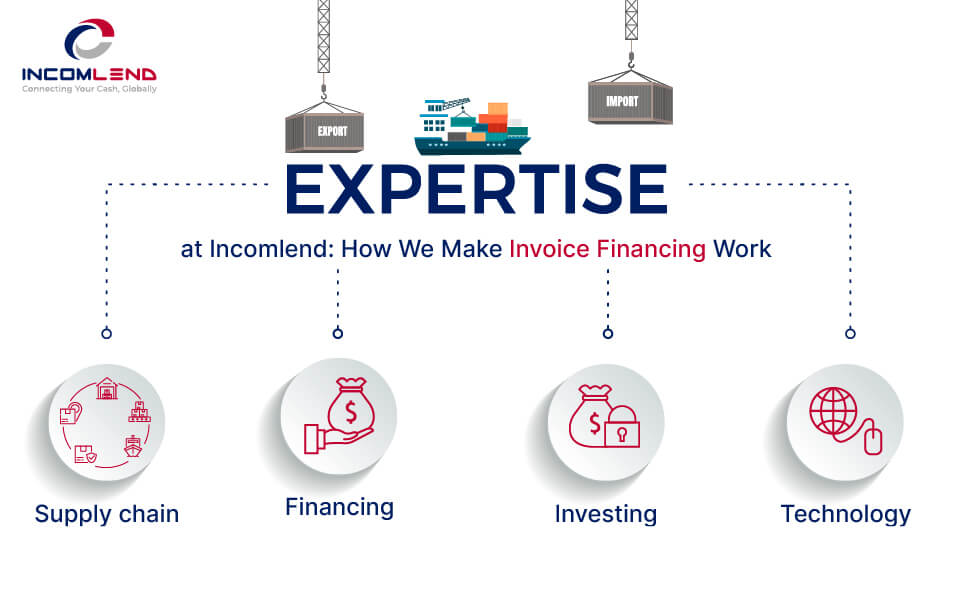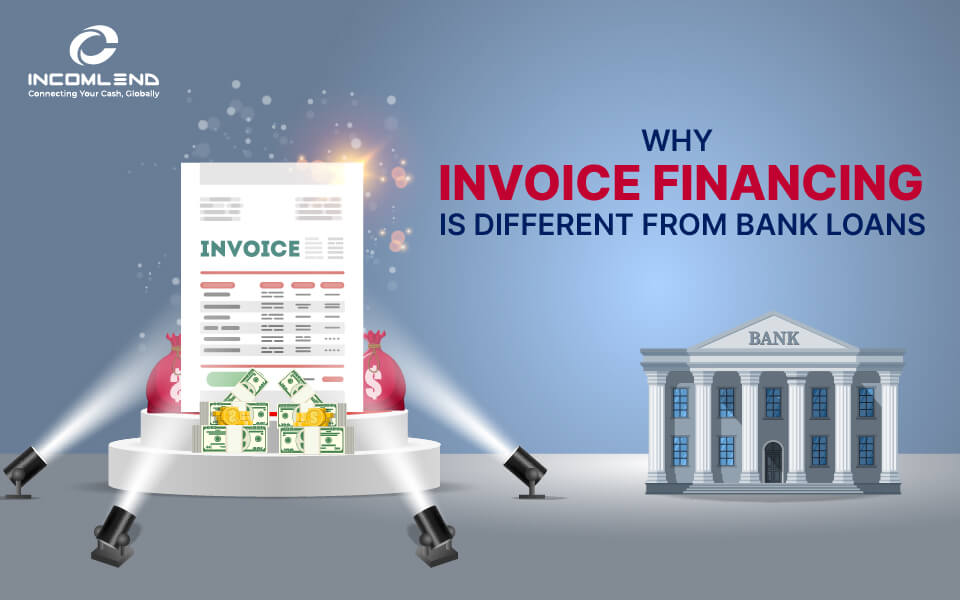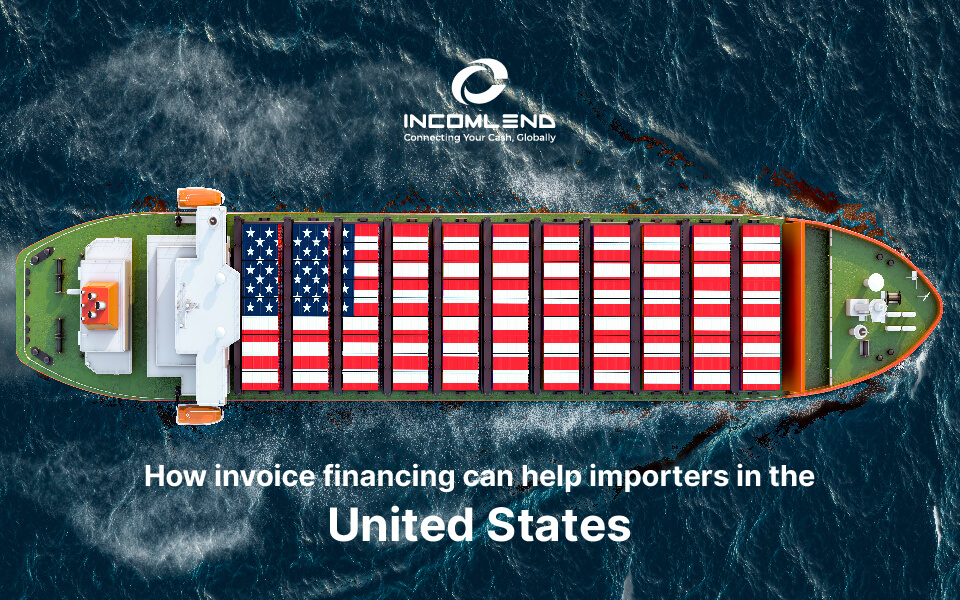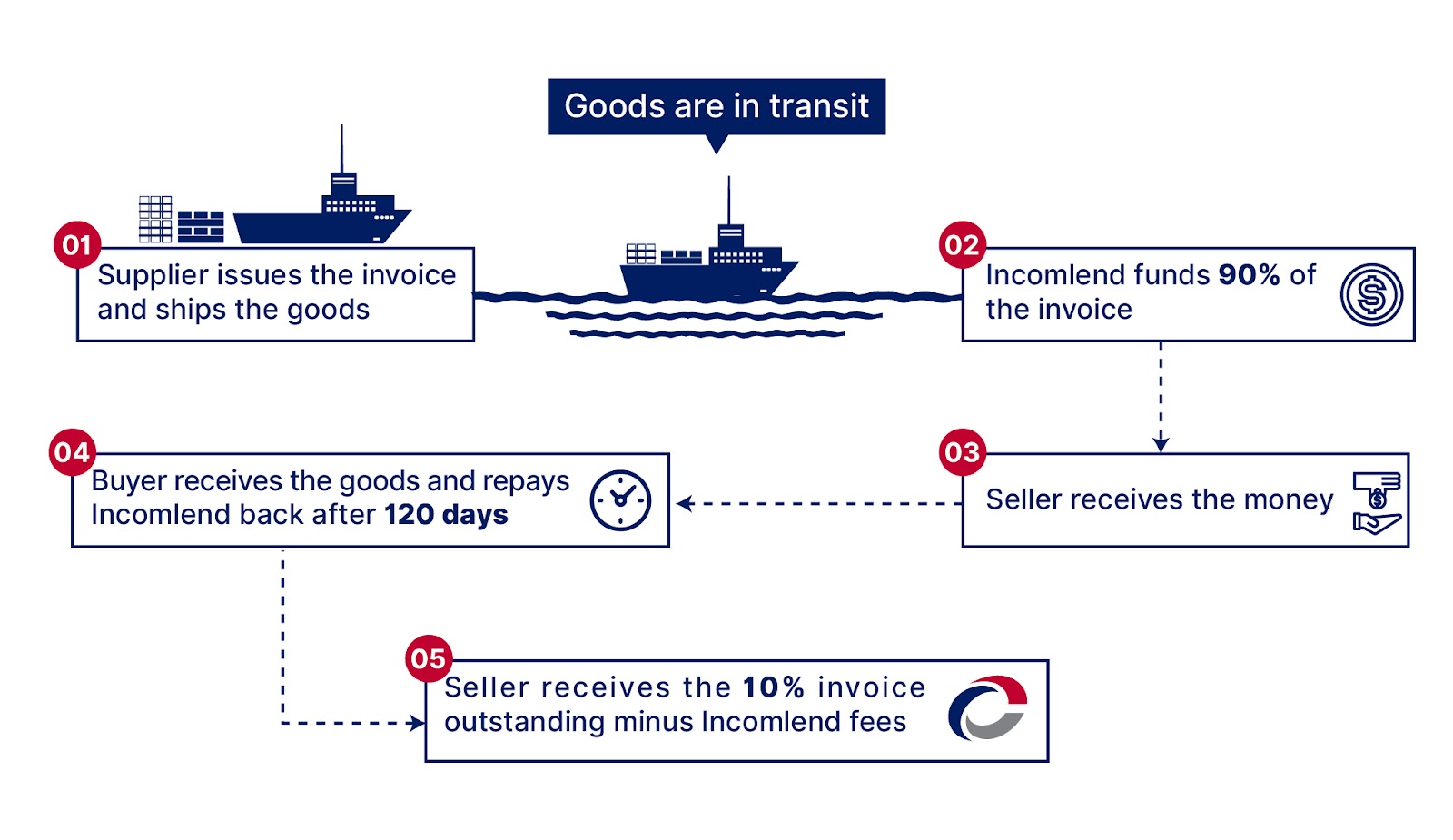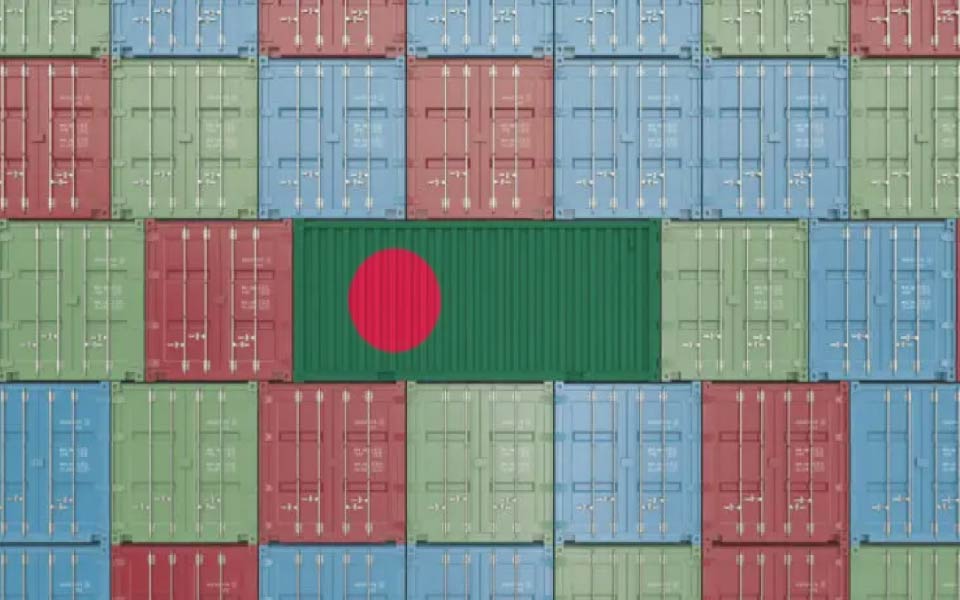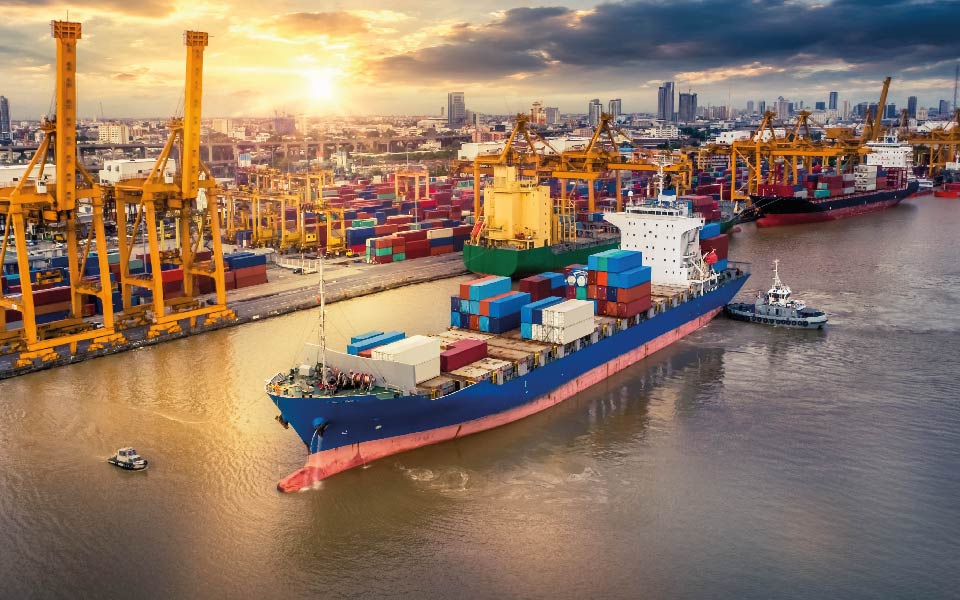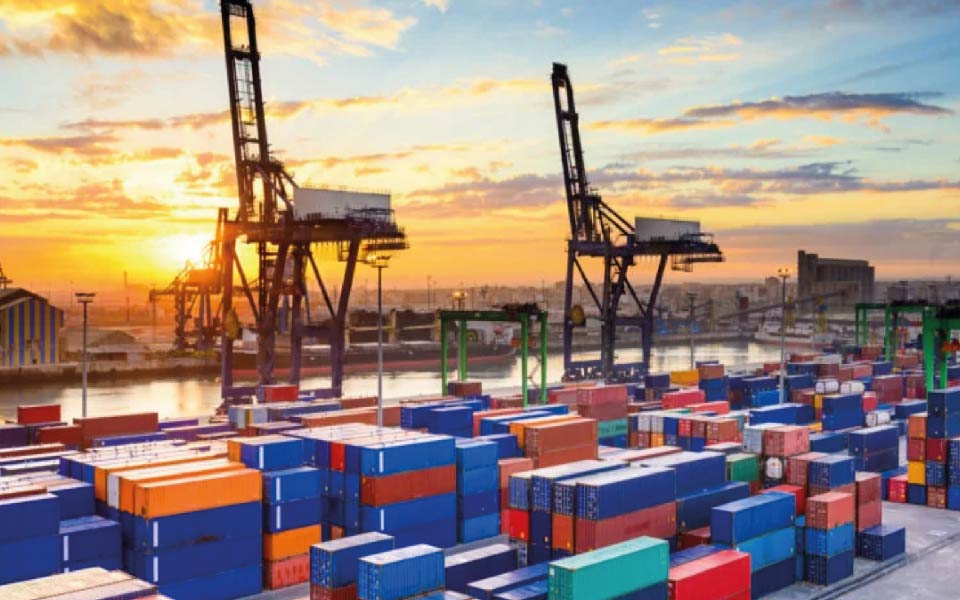For years, fintech has been hailed as a revolutionary force, streamlining payments, automating risk assessments, and digitizing financial services. Yet, beneath the surface, a fundamental problem remains unsolved: the high cost of capital and funding.
Despite their innovation in financial processes, fintech platforms still depend on the same old funding sources—venture capital, bank loans, and institutional credit lines. These sources come with conditions, high costs, and limited scalability. Meanwhile, SMEs, the primary users of fintech lending solutions, continue to struggle with expensive financing options.
Fintech model obsolete? Web3 and DeFi are emerging as potential disruptors, offering a way to rethink how capital is sourced, allocated, and priced. By leveraging blockchain technology, fintech platforms can issue their own digital assets (tokens), unlocking cheaper capital and giving businesses more control over financing costs.
Could this be the long-awaited solution that finally transforms trade finance, SME lending, and alternative finance? Or is fintech destined to remain constrained by traditional funding models?
1. The Limitations of the Traditional Fintech Model
The Venture Capital Trap
The rise of fintech has been powered by venture capital (VC) funding. But that model has its limits. In 2023, global fintech investments dropped by 50% compared to 2021, a sign of tightening liquidity and investor caution. Relying on VC means fintechs must constantly seek new funding rounds, giving away equity and control in the process.
Even when successful, VC-backed fintech firms remain at the mercy of their investors. Growth expectations force them to prioritize profitability over long-term innovation. When markets tighten, funding dries up, leaving many fintechs scrambling for capital—often at a higher cost.
The High Cost of Capital for SMEs
Fintechs have promised to make lending easier and faster for SMEs. But at what price?
• Interest rates for SME loans via fintech lenders are often 2-3x higher than traditional bank rates.
• Many fintech platforms rely on institutional credit lines to finance their loans, passing those high borrowing costs onto SMEs.
• Alternative finance platforms still compete with banks for capital, meaning they must operate within the same risk-reward constraints as traditional lenders.
As a result, fintech has not truly disrupted the cost of financing—it has just made access faster.
Fintech’s Focus on Features, Not Foundations
Most fintech innovation has been about improving financial processes, not rethinking financial structures:
• Payments became faster with companies like Stripe and Revolut.
• Risk assessments got smarter with AI-driven credit scoring.
• Supply chain finance went digital, but the cost of funding remained the same.
Yet, none of these improvements fundamentally reduce the cost of capital. They simply make financial services more efficient but not necessarily cheaper.
This is where Web3 and DeFi could step in, introducing a new way to source and allocate funding that fintech has never explored.
Could tokenized finance provide the missing piece?
2. How Web3 and DeFi Offer a Disruptive Solution
Fintech has improved the efficiency of financial services but has not redefined the way capital is sourced and priced. That’s where Web3 and decentralized finance (DeFi) enter the equation.
By leveraging blockchain technology, fintech platforms can issue their own digital assets (tokens) as a way to attract capital, reduce financing costs for SMEs, and break free from the constraints of traditional funding. This approach not only shifts the cost of capital dynamics but also creates an entirely new financial ecosystem that operates beyond the limits of banks and venture capitalists.
A. Tokenization: A New Model for Raising Capital
One of the biggest weaknesses of the current fintech model is its dependence on external capital providers. Web3 changes this equation.
Instead of raising money from VC firms or banks, fintechs can issue their own tokens on the blockchain, attracting a global base of investors. These investors can buy, hold, or trade tokens that represent stakeholder participation in the fintech ecosystem.
? Example in Action:
• Securitize allows companies to raise capital through tokenized securities, bypassing traditional stock markets.
• MakerDAO, a DeFi lending protocol, funds its lending operations by issuing DAI stablecoins, rather than relying on institutional liquidity.
For fintechs, this means raising capital without giving away equity or taking on expensive debt. More importantly, it enables continuous liquidity, meaning fintechs are no longer restricted to periodic VC funding rounds.
B. Lowering the Cost of Finance for SMEs
Fintechs have made lending more accessible but not necessarily cheaper.
With a tokenized model, businesses seeking financing can receive digital assets as part of their funding transactions. These tokens can then be used to:
• Offset financing costs by paying platform fees.
• Earn rewards or discounts on future financing.
• Be staked or traded for additional liquidity.
This ecosystem reduces the effective cost of finance because businesses gain value beyond just the loan itself. Instead of paying high interest rates, they receive an asset that enhances their financial flexibility.
? Example:
• Nexade (a Web3 trade finance platform) enables invoice discounting where exporters receive tokens in addition to cash, lowering their overall financing costs.
C. De-correlating Yield from Capital Costs
In traditional finance, the cost of borrowing is directly linked to the return demanded by lenders. If interest rates rise, so do financing costs.
But in a Web3-powered model, investors can earn returns in multiple ways, beyond just charging interest.
✅ Token appreciation: If the platform grows, the token’s value increases, offering investors a secondary form of return.
✅ Staking rewards: Investors can lock tokens in smart contracts to provide liquidity, earning yields separate from loan repayments.
✅ Transaction fees: Investors can earn revenue from platform activity, reducing reliance on interest payments.
This model breaks the direct link between interest rates and cost of capital, creating a more flexible funding environment.
Why This Matters for the Future of Fintech
For the first time, fintech has the chance to go beyond surface-level improvements and fundamentally change how capital flows:
• Fintech platforms can fund themselves without VCs or bank loans.
• SMEs can access cheaper, more dynamic financing.
• Investors gain multiple ways to profit, not just through interest rates.
By embracing Web3 and DeFi, fintech can finally innovate where it matters most—the cost of capital itself.
3. Key Benefits of a Tokenized Finance Model
The shift from traditional fintech funding to a Web3-powered model is more than just a technological evolution—it is a fundamental change in how capital is sourced, distributed, and priced. By integrating tokenized finance into traditional finance, fintech platforms can unlock multiple advantages that benefit both businesses and investors.
a. More Accessible and Scalable Capital
One of the biggest constraints of fintech lending is its dependence on external funding sources. Whether through VCs, institutional credit lines, or debt financing, fintechs must constantly secure capital to lend.
In a tokenized model, fintechs can tap into a global liquidity pool. Instead of relying solely on traditional investors, platforms can issue digital assets (tokens) to fund their operations.
✅ No reliance on banks or VCs
✅ Continuous liquidity without fundraising cycles
✅ Investors worldwide can contribute, increasing scalability
? Example:
• Maple Finance, a decentralized lending platform, allows liquidity providers to contribute to lending pools, removing the need for traditional intermediaries.
b. Lower Financing Costs for SMEs
Fintech has made lending faster, but it has not made it cheaper.
With a Web3-powered financing model, businesses don’t just receive loans—they earn digital assets that they can use to:
? Offset fees—Reducing transaction and financing costs.
? Stake or trade tokens—Creating additional liquidity.
? Access discounts on future transactions—Loyal customers benefit more.
? How this works:
• A company finances its invoices through a fintech platform.
• Instead of just receiving cash, they also earn platform tokens.
• These tokens reduce future financing costs, creating a self-sustaining financial ecosystem.
For SMEs, this removes unnecessary financing expenses, making trade finance more sustainable in the long run.
c. Increased Liquidity for Investors
In traditional trade finance, capital is locked up in long-term loans, limiting investor flexibility.
Tokenized finance offers liquidity options that traditional finance cannot match:
✅ Investors can sell or trade their holdings on secondary markets.
✅ Staking mechanisms allow passive yield generation.
✅ Token-based rewards provide additional incentives beyond interest rates.
d. De-risking Trade Finance with Smart Contracts
Trade finance has long been plagued by fraud, delays, and credit risks. Tokenization enhances security and efficiency through:
? Smart contracts—Automatically executing agreements without intermediaries.
? On-chain credit scoring—More transparent borrower risk assessments.
? Real-time tracking—Ensuring funds are used as intended.
? Example:
• Nexade, a Web3-based trade finance platform, integrates smart contracts to manage invoice financing securely and transparently.
e. A More Sustainable, Scalable Fintech Model
Beyond all these advantages, a tokenized trade finance ecosystem is inherently more resilient.
? With decentralized liquidity, lower costs, and automated risk management, fintechs are no longer bound by traditional financial limitations.
For the first time, fintech can truly redefine financial infrastructure, not just optimize existing processes.
4. Challenges and Considerations
While Web3 and DeFi bring promising advancements to trade finance, they are not without challenges. Regulation, adoption hurdles, security risks, and integration issues must be carefully navigated before widespread adoption becomes a reality.
a. Regulatory Tailwinds Amid Cautious Optimism
The regulatory landscape for cryptocurrencies and DeFi is shifting, particularly with Donald Trump’s re-election signaling a potentially more crypto-friendly administration. His team has already taken steps towards positioning the U.S. as a global hub for digital assets, which could lead to clearer frameworks and reduced regulatory uncertainty.
• Trump’s administration is expected to ease restrictions on digital assets, as seen in the joint request by Binance and the SEC to pause legal battles, anticipating a shift in regulatory policy.
• Paul Atkins, a known crypto advocate, has been nominated as the new SEC chair, suggesting that upcoming regulations will be more favorable to blockchain finance.
• Other countries are also embracing crypto reserves. Nations like Brazil and Russia are exploring Bitcoin reserves, signaling mainstream acceptance of digital assets in global financial systems.
? What This Means for Traditional Finance
• A clearer regulatory framework could accelerate the integration of Web3 into fintech.
• More institutional participation could provide stability to tokenized finance models.
• However, businesses must remain cautious, as regulatory landscapes remain fluid and subject to change.
b. Market Adoption and Trust
Despite growing interest in tokenized finance, many businesses and investors remain skeptical:
• SMEs and traditional enterprises may lack the technical knowledge to adopt blockchain-based financial solutions.
• Investors accustomed to traditional finance models often perceive DeFi as too volatile or risky.
• Fintech platforms must bridge the gap through education and user-friendly interfaces to ensure adoption.
? Industry Example:
When fintech first introduced digital payments, businesses initially hesitated. However, once efficiency gains became undeniable, mass adoption followed. Tokenized finance could follow the same trajectory—but it will require strong industry leadership to drive adoption.
c. Token Volatility and Stability
While tokenization presents a new capital model, price fluctuations remain a significant concern:
• If platform tokens fluctuate too much, businesses using them to offset financing costs could face financial uncertainty.
• Stablecoin-backed trade finance models could offer price stability while maintaining Web3 benefits.
✅ Potential Solutions:
• Platforms can anchor financing tokens to real-world assets (e.g., tokenized trade receivables).
• Stablecoins and algorithmic stability mechanisms can help maintain predictable values for users and serve as funding bridge.
d. Security and Fraud Risks
As DeFi operates without traditional intermediaries, security vulnerabilities are a major concern.
Risks include:
❌ Smart contract exploits—hackers can manipulate poorly coded protocols.
❌ Cybersecurity breaches—DeFi platforms are frequent targets for attacks.
❌ Bad actors misusing decentralized finance services—lack of centralized oversight can be exploited.
? The Solution?
• Mandatory third-party smart contract audits.
• Real-time risk monitoring to detect suspicious activity.
• Decentralized governance mechanisms to ensure transparency.
✅ Industry Example:
• Platforms like Aave and Compound conduct extensive security audits to ensure smart contract safety before deployment.
e. Integration with Traditional Finance
A full transition to tokenized trade finance won’t happen overnight. Many businesses still rely on banks and traditional lenders:
• Fintech platforms must offer hybrid models that combine Web3 innovations with traditional finance processes.
• Bridging liquidity pools between blockchain finance and legacy financial institutions will speed up adoption.
? Example:
• Ripple and Stellar are already working to connect blockchain finance with traditional banking systems.
The future is not about replacing traditional finance but integrating tokenized solutions into existing ecosystems.
Conclusion: The Future of Fintech Lies in Tokenization
For years, fintech innovation has focused on speed, efficiency, and accessibility—but not on fixing the cost of capital itself.
Now, Web3 and DeFi offer an alternative. By issuing tokens, fintech platforms can unlock decentralized liquidity, lower financing costs, and reduce dependency on banks and VCs. This new financial paradigm gives businesses more control over funding and creates an ecosystem where capital flows more freely and efficiently.
However, challenges remain. Regulation, adoption hurdles, and security risks must be addressed for tokenized trade finance to reach mainstream acceptance. While full-scale adoption won’t happen overnight, hybrid models that merge Web3 with traditional finance are already making waves.
? Incomlend is committed to helping businesses adapt to the evolving financial landscape. Through innovative trade finance solutions, we provide liquidity, resilience, and growth opportunities—ensuring that companies stay ahead in an increasingly digital and decentralized world.
? The question isn’t whether fintech will evolve—it’s how fast. The transformation is already underway. Are you ready for it?
